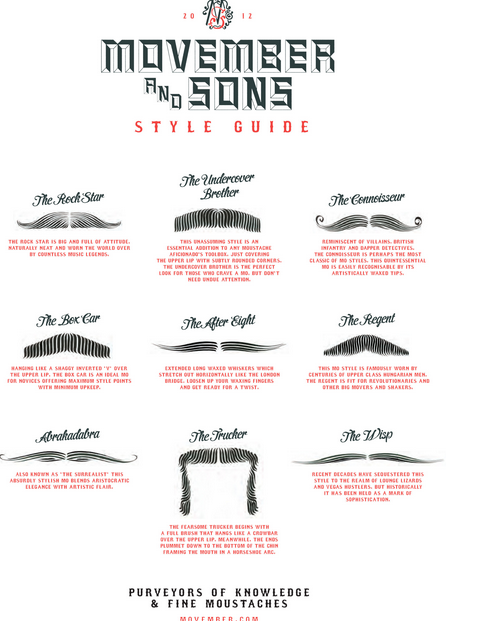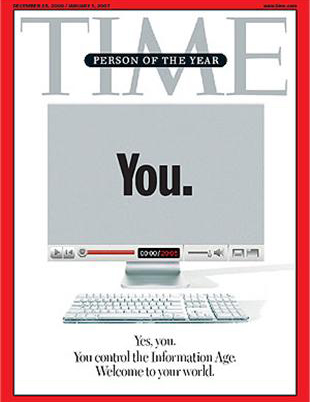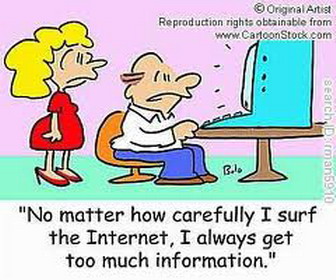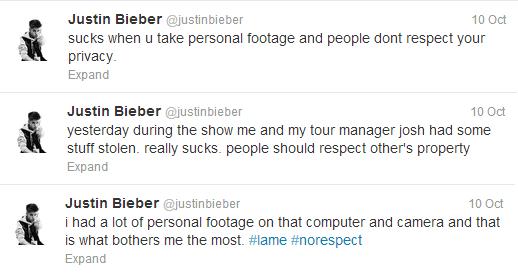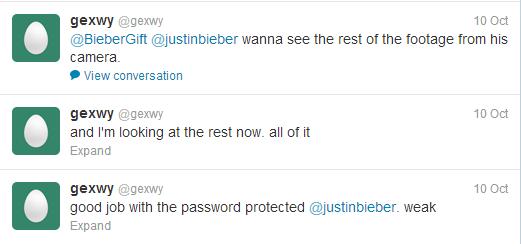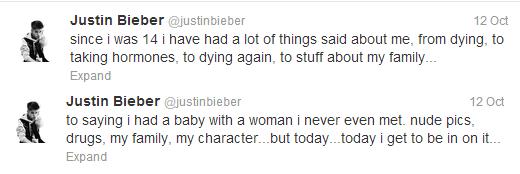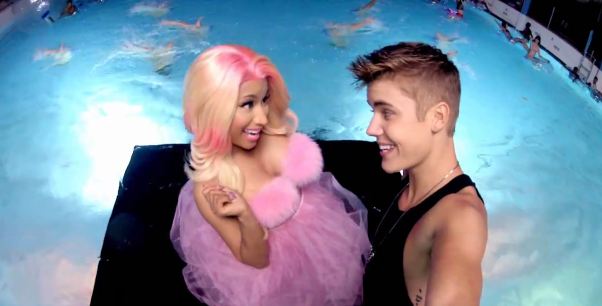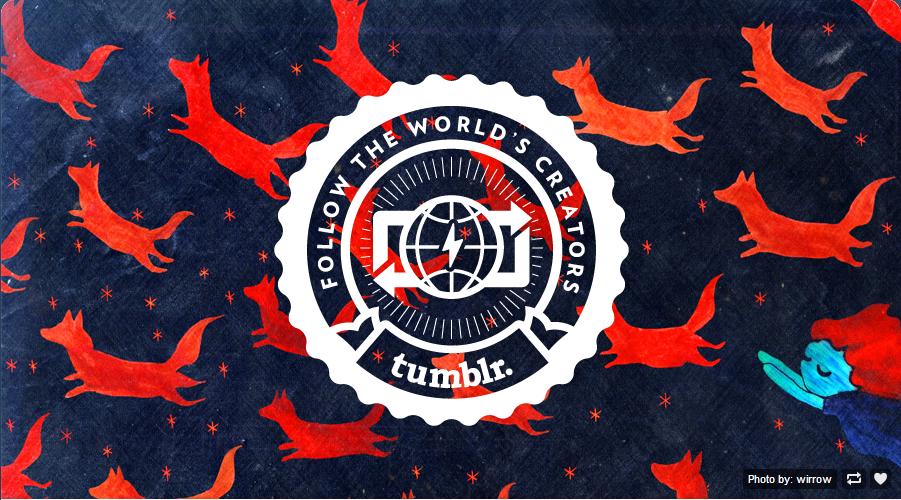As avid skiers and snowboarders probably know, Whistler opens this weekend! It has been 203 days since Whistler closed its lifts last season and ski bums have been praying for snow ever since. Finally, the day has come!
Extreme sports are popular among younger generations today. Whether its skiing and snowboarding or sky diving and bungee jumping, it seems the more daring the activity, the more popular it’s becoming. A company that has capitalized on this trend is Red Bull. Red Bull is world renown for sponsoring extreme sports in all forms.
Although Red Bull has incredible marketing both online and offline, it is the company’s video content that spreads like wildfire. Red Bull’s YouTube channel has received over 470 million views since its launch in 2006 and has close to 1 million subscribers.
What makes Red Bulls videos so successful?
1) Selection of sponsored events – Red Bull carefully selects the events it sponsors and has its brand affiliated with. As mentioned previously, the company focuses largely on extreme sports. A prime example of this was the broadcast and sponsorship of Felix Baumgartner’s space jump. This video alone was watched by 8 million viewers form around the globe. Not all sports Red Bull affiliates itself with are this extreme, however, it is unlikely to see Red Bull being associated with horseback riding or tennis. As well as selecting extreme sports, Red Bull also seeks out bizarre and one of a kind events. For example, Red Bull hosts ‘Flying Day’ in nations around the world. This day consists of participants creating flying devices, launching them from a 10 m high platform and traveling as far as possible before plummeting into water below. This event combines innovation, creativity and sport.
2) Discrete advertising – As well as being selective in the events they sponsor, Red Bull is also selective in the way they promote their brand through their videos. Red Bull isn’t invasive. The company sponsors events but subtly places their advertising throughout the events, making sure not to take the attention away from the sports and the participants themselves. Instead, Red Bull focuses on the content, shooting and editing videos in compelling ways to promote the experience rather than the brand. This approach garners more respect form participants and viewers while still effectively increasing brand awareness.
Red Bull has one of the strongest brands in the world with an estimated value of $10 billion.* It has successfully found its niche, targeting extreme sports and generating excitement around them by shooting and posting videos online. By carefully selecting sporting events and dispersing their advertisements throughout, Red Bull has an increasing brand awareness without being overbearing for viewers.

